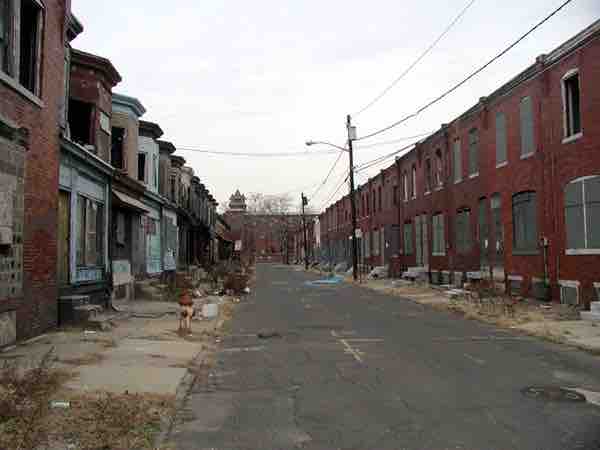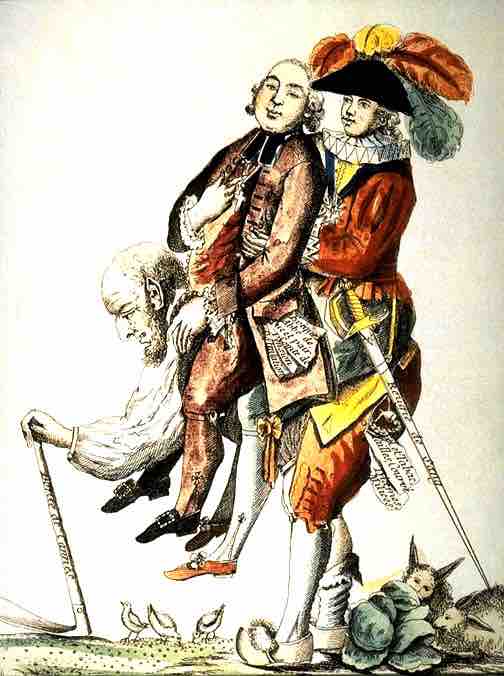Social class refers to the grouping of individuals into positions on a stratified social hierarchy. Class is an object of analysis for sociologists, political scientists, anthropologists and social historians. However, there is not a consensus on the best definition of the term "class," and the term has different contextual meanings. In common parlance, the term "social class" is usually synonymous with socioeconomic status, which is one's social position as determined by income, wealth, occupational prestige, and educational attainment.
Common models used to think about social class come from Marxist theory: common stratum theory, which divides society into the upper, middle, and working class; and structural-functionalism.
Class in Marxist Theory
According to the class social theorist Karl Marx, class is a combination of objective and subjective factors. Objectively, a class shares a common relationship to the means of production. Subjectively, the members will necessarily have some perception of their similarity and common interests, called class consciousness. Class consciousness is not simply an awareness of one's own class interest but is also a set of shared views regarding how society should be organized legally, culturally, socially and politically.
In Marxist theory, the class structure of the capitalist mode of production is characterized by two main classes: the bourgeoisie, or the capitalists who own the means of production, and the much larger proletariat (or working class) who must sell their own labor power for wages. For Marxists, class antagonism is rooted in the situation that control over social production necessarily entails control over the class which produces goods—in capitalism this is the domination and exploitation of workers by owners of capital.
Weberian Class
The class sociologist Max Weber formulated a three-component theory of stratification that saw political power as an interplay between "class", "status" and "group power. " Weber theorized that class position was determined by a person's skills and education, rather than by their relationship to the means of production.
Weber derived many of his key concepts on social stratification by examining the social structure of Germany. He noted that contrary to Marx's theories, stratification was based on more than simply ownership of capital. Weber examined how many members of the aristocracy lacked economic wealth yet had strong political power. Many wealthy families lacked prestige and power, for example, because they were Jewish. Weber introduced three independent factors that form his theory of stratification hierarchy: class, status, and power: class is person's economic position in a society; status is a person's prestige, social honor, or popularity in a society; power is a person's ability to get his way despite the resistance of others. While these three factors are often connected, someone can have high status without immense wealth, or wealth without power.
The Common Three-Stratum Model
Contemporary sociological concepts of social class often assume three general categories: a very wealthy and powerful upper class that owns and controls the means of production; a middle class of professional or salaried workers, small business owners, and low-level managers; and a lower class, who rely on hourly wages for their livelihood.
The upper class is the social class composed of those who are wealthy, well-born, or both. They usually wield the greatest political power.
The middle class is the most contested of the three categories, consisting of the broad group of people in contemporary society who fall socioeconomically between the lower class and upper class. One example of the contestation of this term is that In the United States middle class is applied very broadly and includes people who would elsewhere be considered lower class. Middle class workers are sometimes called white-collar workers.
The lower or working class is sometimes separated into those who are employed as wage or hourly workers, and an underclass—those who are long-term unemployed and/or homeless, especially those receiving welfare from the state. Members of the working class are sometimes called blue-collar workers.
Consequences of Social Class
A person's socioeconomic class has wide-ranging effects. It may determine the schools he is able to attend, the jobs open to him, who he may marry, and his treatment by police and the courts. A person's social class has a significant impact on his physical health, his ability to receive adequate medical care and nutrition, and his life expectancy.
Class mobility refers to movement from one class status to another--either upward or downward. Sociologists who measure class in terms of socioeconomic status use statistical data measuring income, education, wealth and other indexes to locate people on a continuum, typically divided into "quintiles" or segments of 20% each. This approach facilitates tracking people over time to measure relative class mobility. For example, the income and education level of parents can be compared to that of their children to show inter-generational class mobility.

Social Class and Living Conditions
In the United States, neighborhoods are stratified by class such that the lower class is often made to live in crime-ridden, decaying areas.

French Estates
In France before the French Revolution, society was divided into three estates: the clergy, nobility, and commoners. In this political cartoon, the Third Estate (commoners) is carrying the other two on its back.